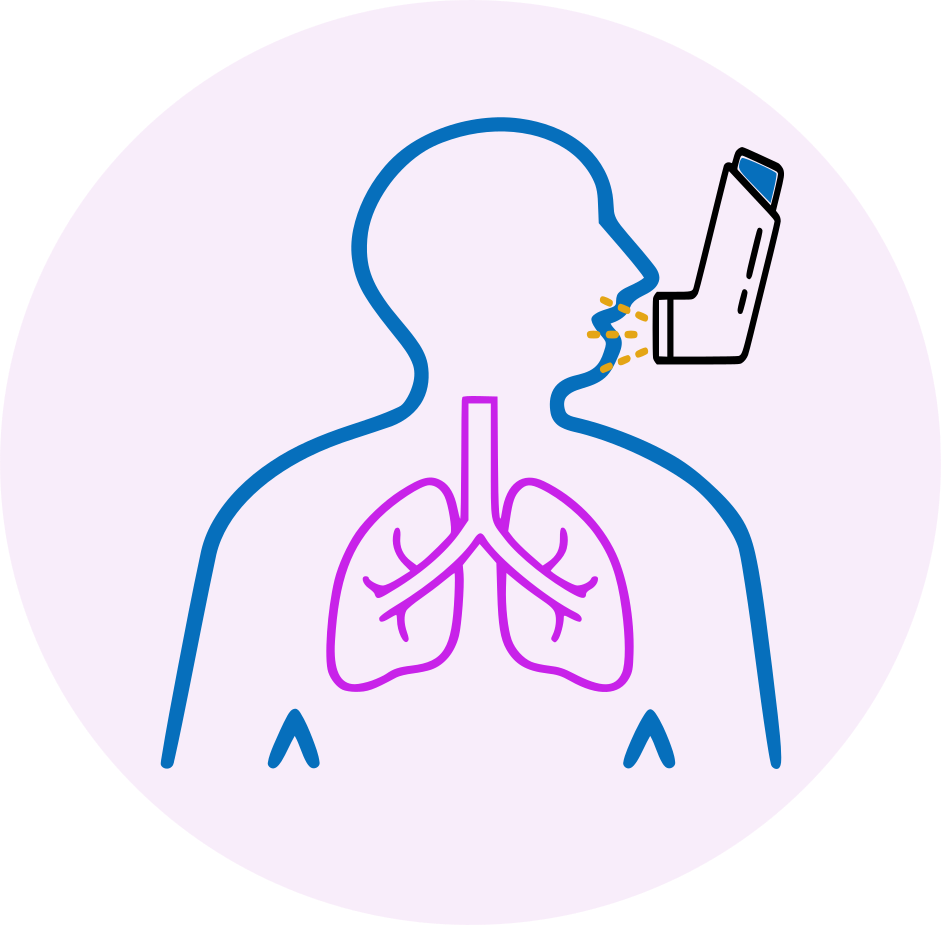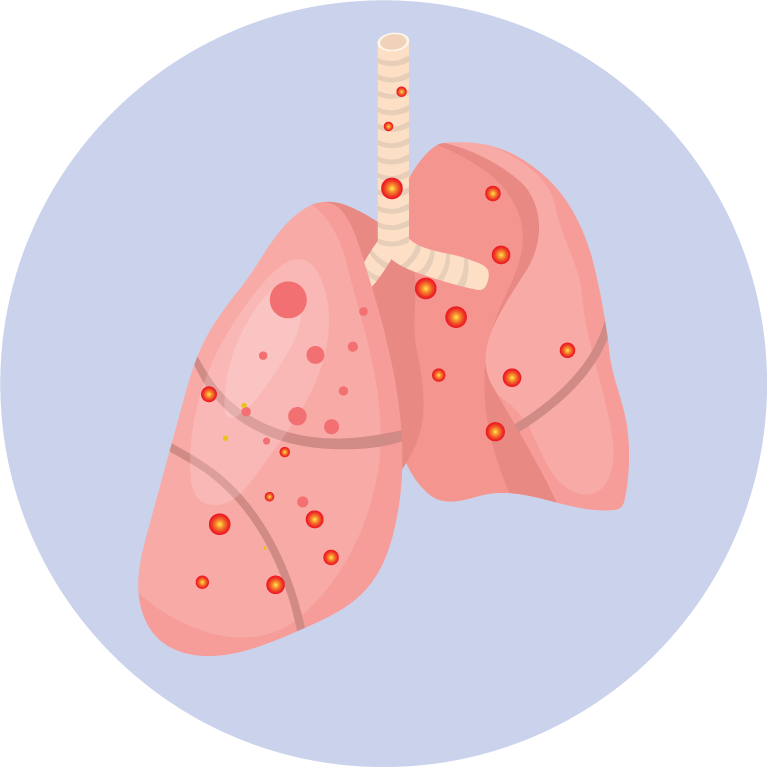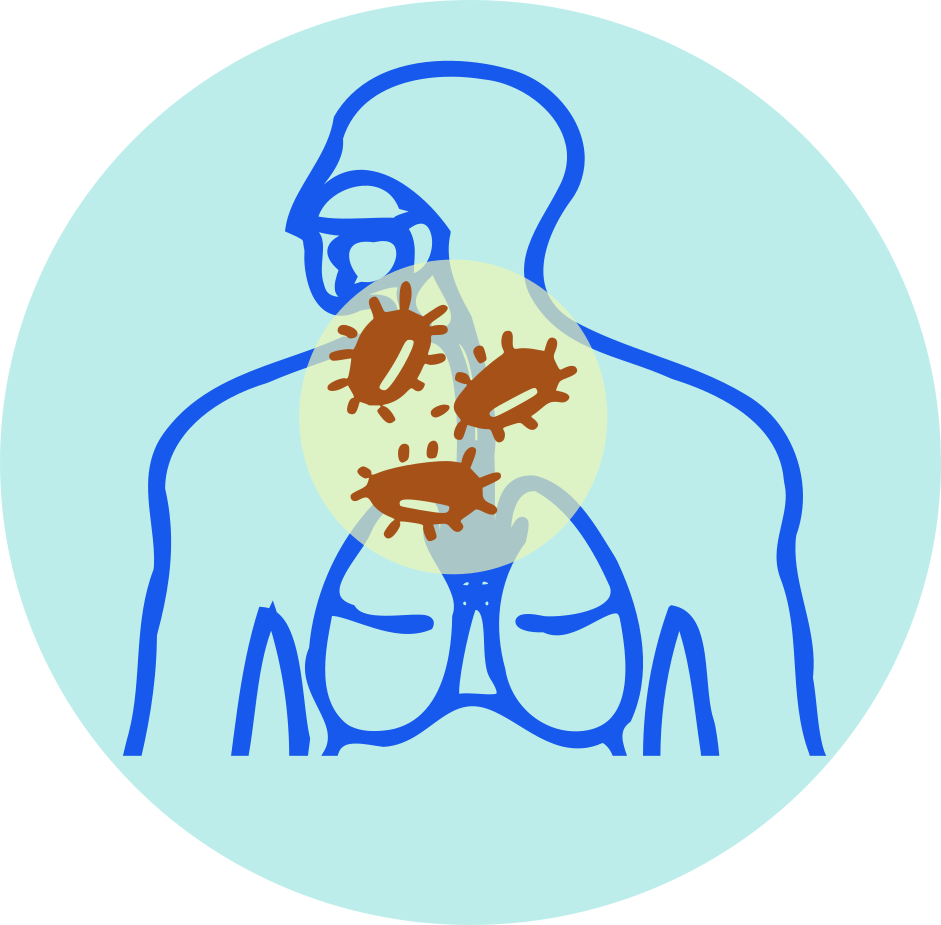Medicine details
| Image |  |
| Name | Seraflo HFA |
| Dosage | Aerosol Inhalation |
| Generic Name | Fluticasone Propionate + Salmeterol |
| Classes |
Respiratory Agent Antiasthmatic |
| Diseases |
Asthma Respiratory Disease |
| Company | Drug International Ltd. |
Drug Package Details
| Strength | 250 mcg + 25 mcg/MD Inhalation |
| Storage Condition | |
| Origin Country | Bangladesh |
| Commercial Pack | 1 |
| Price per pack | ৳ 797.39 |
| Cost per pack | ৳ 701.70 |
| Package unit | 120 MD inhaler |
| Price per unit | ৳ 797.39 |
| Cost per unit | ৳ 701.70 |
| Discount | 0 |
| Coupon | |
| Remarks |
Fluticasone Propionate + Salmeterol
Fluticasone propionate + Salmeterol is a combination of an inhaled corticosteroid and a long-acting beta-agonist bronchodilator. Fluticasone propionate is a synthetic trifluorinated corticosteroid that has anti-inflammatory activity. Salmeterol is a selective, long-acting beta-agonist that stimulates intracellular adenyl cyclase, thereby increasing cyclic AMP, which relaxes the bronchial smooth muscle.
Fluticasone propionate + Salmeterol is indicated for the long-term, twice-daily, maintenance treatment of asthma in patients 4 years of age and older. It is also indicated for the maintenance treatment of airflow obstruction and reducing exacerbations in patients with chronic obstructive pulmonary disease (COPD) including chronic bronchitis and emphysema.
- For oral inhalation only.
- Maintenance treatment of asthma in patients ≥12 years: 1 inhalation of Fluticasone Propionate + Salmeterol 100/50, 250/50, or 500/50 twice daily. Starting dosage is based on asthma severity.
- Maintenance treatment of asthma in patients 4 to 11 years: 1 inhalation of Fluticasone Propionate + Salmeterol 100/50 twice daily.
- Maintenance treatment of COPD: 1 inhalation of Fluticasone Propionate + Salmeterol 250/50 twice daily.
The most common adverse reactions with Fluticasone propionate + Salmeterol include-
- upper respiratory tract infection
- pharyngitis
- headache
- nausea and vomiting
- sinusitis
- dysphonia
Less common adverse reactions include candidiasis of the mouth and throat, bronchitis, pneumonia, hypersensitivity reactions, and arrhythmias.
- Asthma-related death: Long-acting beta2-adrenergic agonists may increase the risk. Prescribe only for recommended patient populations.
- Deterioration of disease and acute episodes: Do not initiate in acutely deteriorating asthma or to treat acute symptoms.
- Use with additional long-acting beta2-agonist: Do not use in combination because of risk of overdose.
- Localized infections: Candida albicans infection of the mouth and throat may occur. Monitor patients periodically for signs of adverse effects on the oral cavity. Advise patients to rinse the mouth following inhalation.
- Pneumonia: Increased risk in patients with COPD. Monitor patients for signs and symptoms of pneumonia.
- Immunosuppression: Potential worsening of infections (e.g., existing tuberculosis, fungal, bacterial, viral, or parasitic infection; or ocular herpes simplex). Use with caution in patients with these infections. More serious or even fatal course of chickenpox or measles can occur in susceptible patients.
- Transferring patients from systemic corticosteroids: Risk of impaired adrenal function when transferring from oral steroids. Taper patients slowly from systemic corticosteroids if transferring to ADVAIR DISKUS.
- Hypercorticism and adrenal suppression: May occur with very high dosages or at the regular dosage in susceptible individuals. If such changes occur, discontinue ADVAIR DISKUS slowly.
- Strong cytochrome P450 3A4 inhibitors (e.g., ritonavir): Risk of increased systemic corticosteroid and cardiovascular effects. Use not recommended with ADVAIR DISKUS.
- Paradoxical bronchospasm: Discontinue ADVAIR DISKUS and institute alternative therapy if paradoxical bronchospasm occurs.
- Patients with cardiovascular or central nervous system disorders: Use with caution because of beta-adrenergic stimulation.
- Decreases in bone mineral density: Assess bone mineral density initially and periodically thereafter.
- Effects on growth: Monitor growth of pediatric patients.
- Glaucoma and cataracts: Close monitoring is warranted.
- Metabolic effects: Be alert to eosinophilic conditions, hypokalemia, and hyperglycemia.
- Coexisting conditions: Use with caution in patients with convulsive disorders, thyrotoxicosis, diabetes mellitus, and ketoacidosis.
Contraindication
Fluticasone propionate + Salmeterol is contraindicated in patients hypersensitive to any component of the formulation.
Primary treatment of status asthmaticus or acute episodes of asthma or COPD requiring intensive measures.







 Bangla
Bangla English
English